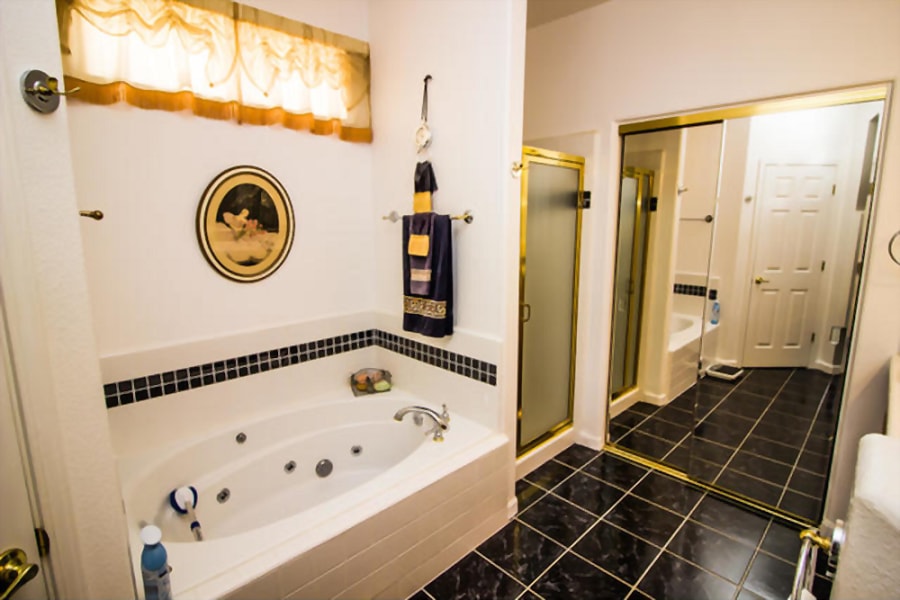
Tile are a very common way of finishing the walls in remodeled and new baths as they are impervious to water and highly stain-resistant. They are also easy to clean and can be found in numerous styles, colors and sizes. By using the right kind of materials and tools, it is possible for you to tile over the tub flange with ease and efficiency. Here we will look at the steps associated with laying tiles over a bathtub flange.
When you choose to lay tiles over your bathroom walls, one of the first things that you need to do is to start working with a stable and clean substrate. You can use a thinset mortar to fill up backer board seams and then embed the fiberglass-meshed joint tapesin the thinset mortar. You can also apply the thinset mortar effectively over the whole wall so as to make sure that the bond for the tiles is a long lasting one. This is a procedure that you can follow when you are looking to work with tiles and have them installed. While this method works easily with ceramic tiles, it also works well with glass and stone tiles. The most common ingredient to fix the tiles to the wall is thinset mortar, although you can also use alatex tile mastic for the same purpose. Since latex tile mastic is typically stickier than the thinset mortar, the tiles can remain fixed to the wall perfectly.
Before actually starting with the tiling process, make sure that you have a clear measurement of the wall to begin with. By measuring the whole area that needs to be tiled, choose the halfway mark for the area so that you can calculate the number of tiles you are going to need for it. You may also want to see whether you need to cut small slivers of the tiles in order to accommodate them on the wall. It is important that you adjust the precise measurements of the tiles so that you can fit a full tile at the bottom and a sufficiently larger tile at the top. Select the Best Trowel Size
Another important step associated with the tiling process is definitely using a trowel to apply the latex tile mastic over the wall. This will get the surface ready before you can place the tiles on them. Once you are done with this step, you can actually work on placing the tiles.

Welcome to Tile Pro Depot! We established this site to service the specific needs of the tile installation professional. Tile installation tools, tile setting materials, premixed grout and more tile installation products online at Tile Pro Depot.